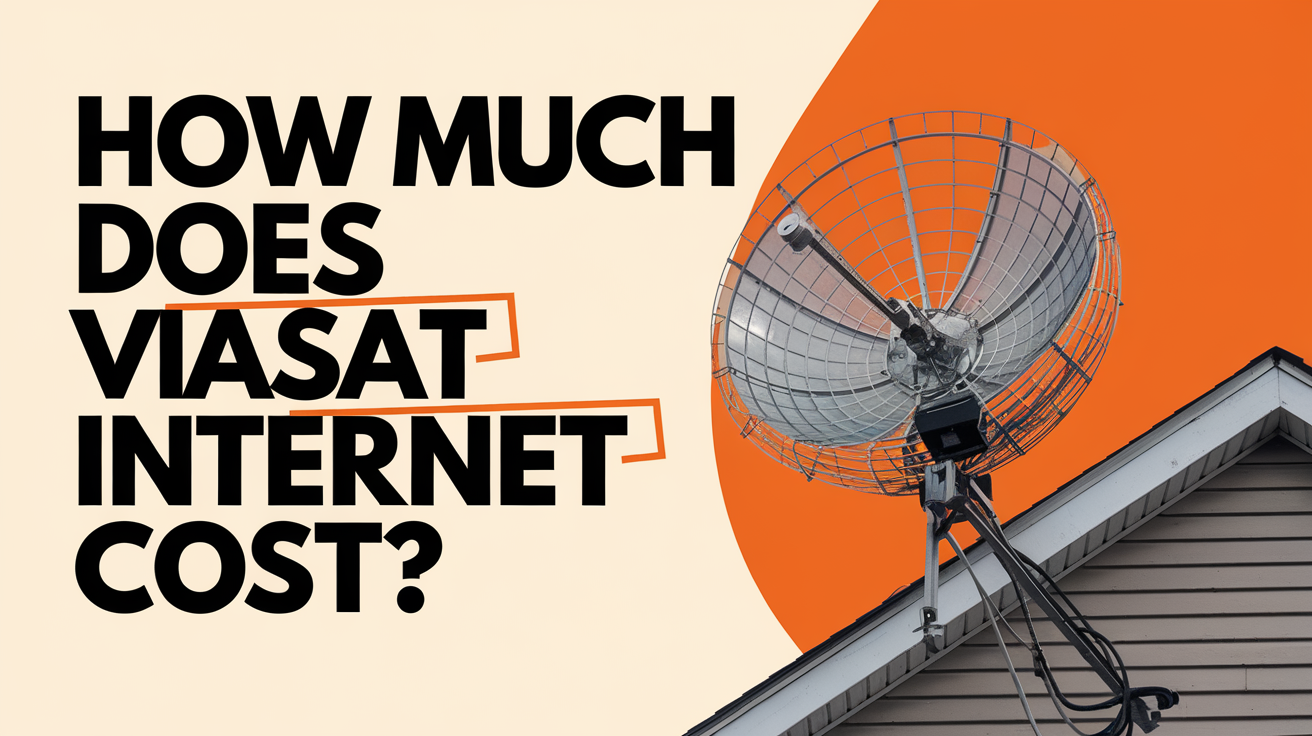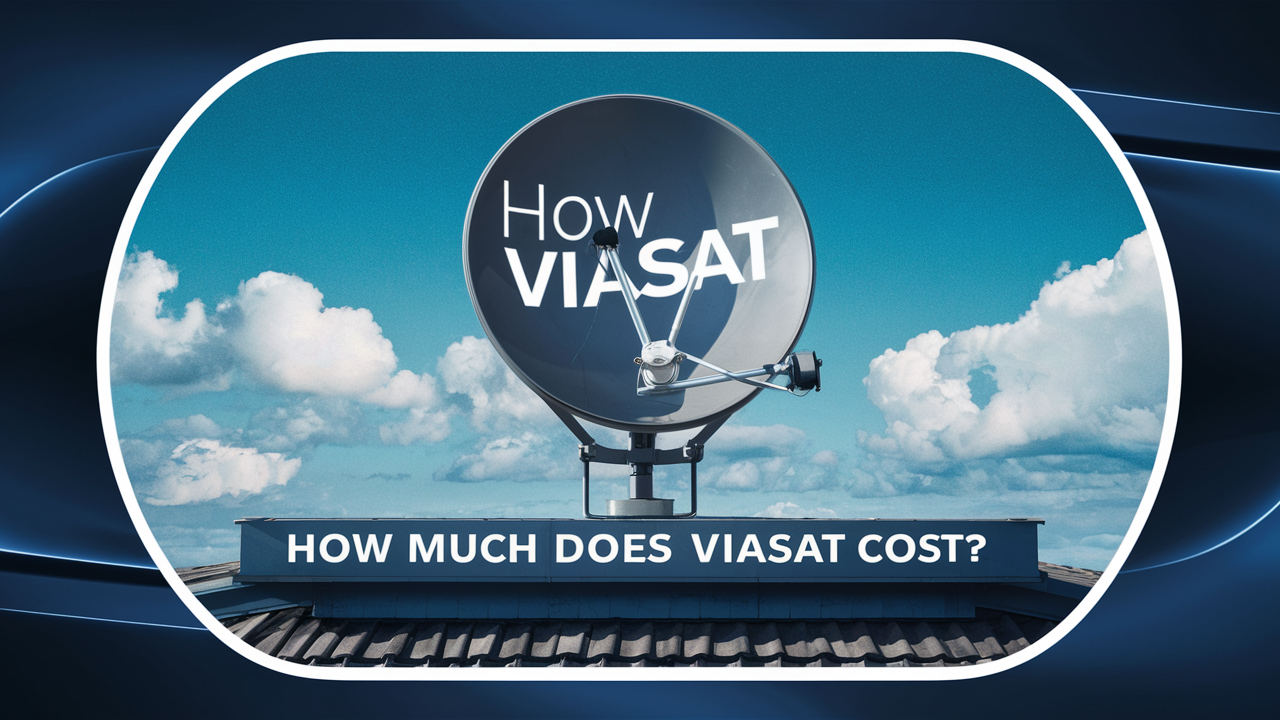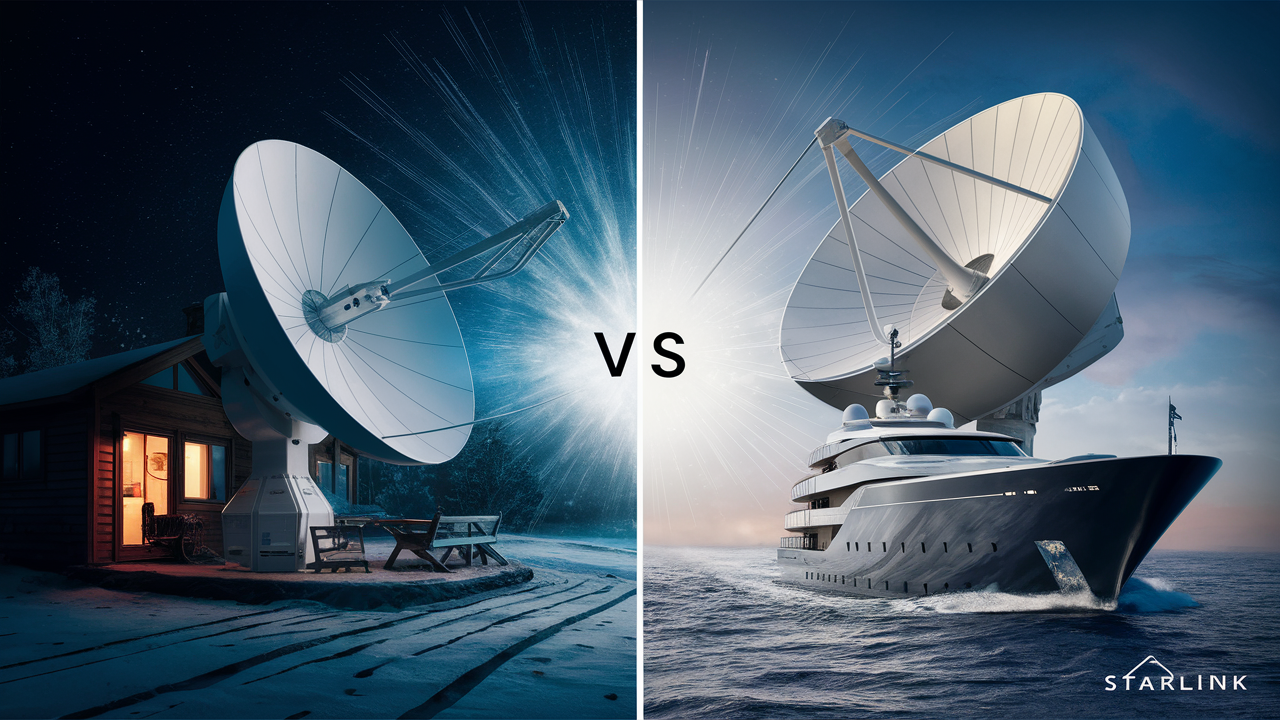-
Posted on: 03 Jul 2024

-
Is streaming TV possible with Viasat Internet?
Viasat is a satellite internet company offering United States of America citizens decent connection speeds. since the trend of remote working persists, some have questioned whether Viasat satellite internet is fast enough for streaming television services since more and more people are viewing movies. Discoveries on the speeds you need, how much data streaming TV uses, and if Viasat's plans will enable TV streaming will be produced in this paper.
The Necessary Internet Speed for Streaming TV
To be able to watch high-quality video material from companies such as Netflix, Hulu, YouTube TV, Sling, etc., 99% of the pros say one needs at least 5–10 Mbps internet download speed. This guarantees they can broadcast in high quality free from too frequent stops or interruptions, which annoys consumers.
The optimal internet speed would be quite higher, 25 Mbps, if the family is going to stream on many devices at once. 4K streaming is much faster in this regard; Netflix recommends a minimum internet connection speed of 25 Mbps for 4K video.
For streaming TV, on the other hand, you just need 1–3 Mbps as the upload speed needed. Unlike other ways of accessing multimedia information, video streaming is not extremely demanding given what is uploaded from your device.
Viasat Internet Speeds
Viasat currently offers three residential internet service plans with varying speeds: Viasat currently offers three residential internet service plans with varying speeds:
Basic 12 Plan
Download speeds range from 3 Mbps to 12 Mbps.
The uplink speed goes up to 3 Mbps.Bronze 25 Plan
Maximum download speeds of 25 Mbps
Upstream data transmission speeds of up to 3 MbpsSilver 50 Plan
Their download speeds are up to 50 Mbps.
Download speeds of up to 3 Mbps.The Basic 12 plans may be slow with multiple people streaming, especially if the speed is suitable for high-definition streaming. The Bronze 25 and especially the Silver 50 plans are quite fast, so the internet speed is enough for the uninterrupted HD streaming of some devices. Nevertheless, some common buffering issues may be expected during peak usage times when it comes to streaming 4K videos or while streaming on multiple devices at the same time.
Is streaming TV data hungry?
Well, if you watch your videos for several hours a day, then yes, video streaming can cost a lot of data in the long run. With regards to the amount, it is flexible largely based on the quality of the video, service, and pattern of watching.
Here are some estimates for data used per hour of streaming:
SD Quality Video: Therefore, the required bandwidth per hour is as follows:
HD Quality Video: The consumption rate is between 1 and 3 GB per hour.
4K Video: The amount of disk space that is required is about 4–7 GB per hour.So if you decide to watch 10 hours of high-definition video content in a single month, then you will be using only 30–40 GB of data for streaming. In this case, large streaming households or those streaming in 4K will use much more.
Viasat Data Packages and Additional Charges
All Viasat internet plans have monthly data allowances and overage charges if you exceed your plan's limit. All Viasat internet plans have monthly data allowances and overage charges if you exceed your plan's limit.
Basic 12 Plan
30GB data usage every month
It charges $10 per GB for any additional data consumed beyond the bundle size.Bronze 25 Plan
It would be possible to have as little as 60 GB of data allowance.
This is because it charges $10 per GB over that limit for data usage.Silver 50 Plan
100 GB data allowance per user or account per month
- usage-based overage fee of $10 per GBViasat does not explicitly ban or limit the streaming of television services. However, with data caps around, streaming consumes data that can help users easily cross to the next level, which is costly. For instance, watching only 10 hours of HD video will consume over 30 GB of data, which is ever so close to the limit set for the Bronze plan.
They charge $10 per additional GB of usage, and these charges are quite steep given the amount of usage expected in today’s world. Well, maybe streaming happens so often, and then you’ll be limited by the amount of data you have left. However, if you want to watch TV daily, then the plans with unlimited data from cable or fiber internet companies can be more appropriate.
Live Streaming TV with Satellite Internet: Recommendations
If you have a Viasat internet plan with a data cap, keep these tips in mind to manage your data usage and streaming needs: If you have a Viasat internet plan with a data cap, keep these tips in mind to manage your data usage and streaming needs:
1. You can check your data usage on the account tab on the internet through your mobile device. Always keep yourself updated on the amount of data you are using monthly.
2. Reduce the quality of the video so as not to use a lot of data. Watch the live stream in SD quality instead of high definition, if possible. Disable 4K streaming unless it is essential for a particular activity.
3. For control, set daily, weekly, or monthly usage limits for each device to ensure users do not go overboard. This also works to avoid excessive overages from one connected device.
4. Any large downloads or system updates should be done during the off-hours, preferably at night when fewer people would be affected.
5. Prevent connection in more than one device at once if possible so that the unison is not created. Take turns streaming.
6. Do not allow a program to automatically start the next episode, as it can consume unauthorized data.
It is crucial to note that although satellite internet plans have provisions for streaming, data limits tend to make streaming a challenge. One could always ensure that the amount of usage is checked or use lower-resolution images that can reduce costs. However, satellite internet is most effective for limited or low-to-normal-quality streaming, such as that used occasionally. Thus, for the best HD streaming and multiple users, cable or fiber internet plans are likely to be the best option.





